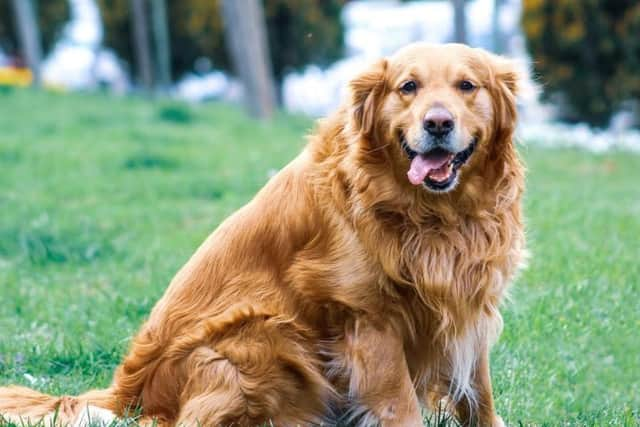Vet gives tips on how ot help your dog's hayfever as pollen explosion set to hit Yorkshire
and live on Freeview channel 276
With up to 10 per cent of dogs in the UK expected to suffer from pollen allergies, a veterinarian is identifying the most susceptible breeds, while warning locals how to recognise symptoms.
While hay-fever generally causes a runny nose and itchy eyes among humans, symptoms can vary in canines, ranging from hair loss due to excessive itching, inflamed skin and repeatedly licking paws.
Advertisement
Hide AdAdvertisement
Hide AdLeticia Fidalgo Buron, vet and technical manager at Webbox, said: “Hay-fever can cause serious discomfort for our beloved pooches. As it is commonly associated with sneezing, many pet owners often don’t realise that their dogs are suffering from seasonal allergies, which can worsen discomfort.


“Certain breeds are more predisposed to allergies, which can be due to various factors, such as the shape of their noses and the type of their coat. Although mixed breed dogs can suffer with allergies, science has shown that purebred dogs are more genetically prone to allergies.
“Symptoms most commonly manifest in dogs younger than three years old, but dogs can develop allergies at any age.”
Dog breeds most likely to suffer from hay-fever include:
· Pit Bull Terrier
· Bichon Frise
· Boxer
· Cocker Spaniel
· German Shepherd
· Golden Retrieveri
· Dalmatiansii
· Irish settersiii
· Schnauzersiv
· West Highland terriersv
Treating canine hay-fever:
Studies show that canines displaying symptoms in March or April are most likely allergic to tree pollen, while May to June is associated with grass pollen. Allergy symptoms in July and August often indicate that pets are allergic to flowering weeds.
Advertisement
Hide AdAdvertisement
Hide AdLeticia said: “Pollen counts are typically lower early in the morning and later in the evening, so if your dog is showing signs of discomfort, limit their outdoor activity to those times. When you do take your dog out, keep them on a lead so they can’t roll around in grass and thoroughly wipe their paws and muzzles when you get home.
“Giving your pooch a bath once a week will help to remove any allergens that do remain on your pet’s coat. Using specialist pet shampoos with antibacterial properties will also help to clear up any sore, inflamed patches due to itching.
“Similarly, regularly washing your dog’s bedding and grooming brushes at least once per week will help to keep allergens out of your home.
“If your dog’s discomfort persists despite trying these tips, contact your local veterinary practice who may be able to prescribe medications to alleviate symptoms. In severe cases, they may be able to take a blood sample to develop a vaccine to desensitize dogs to the allergen.”